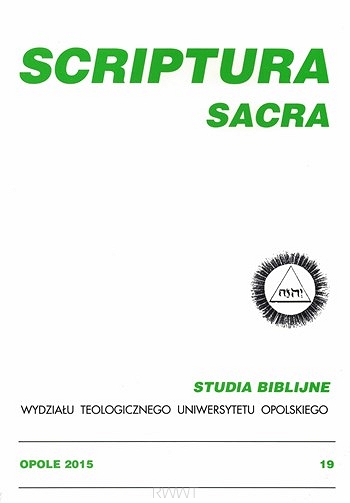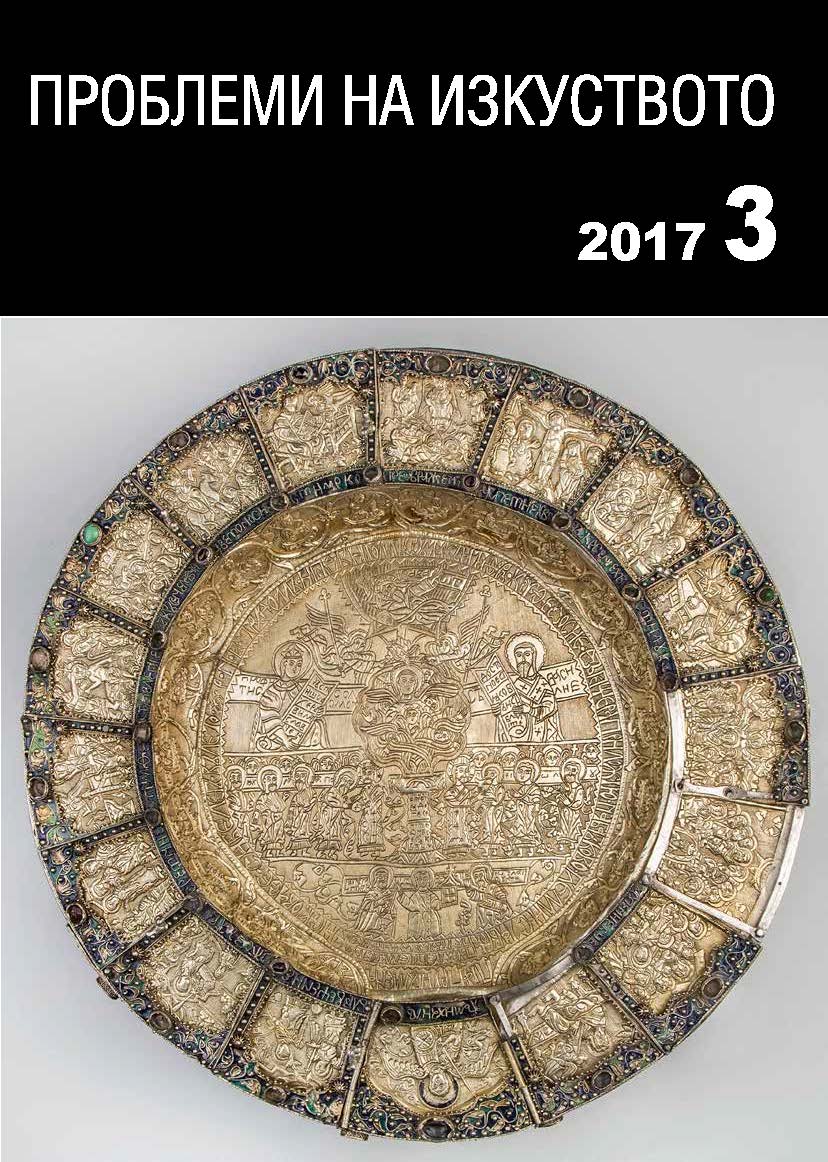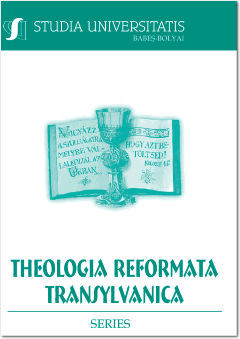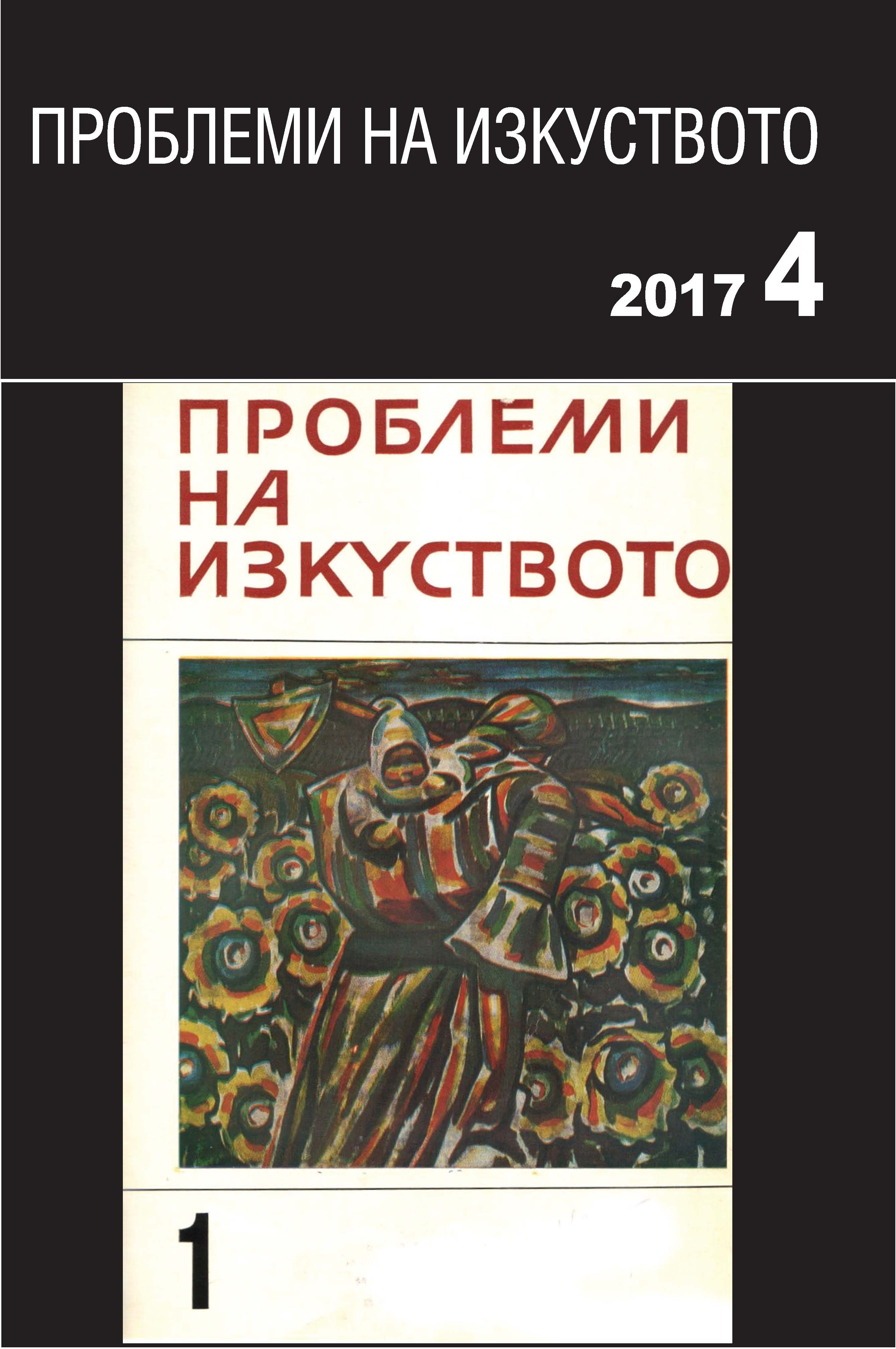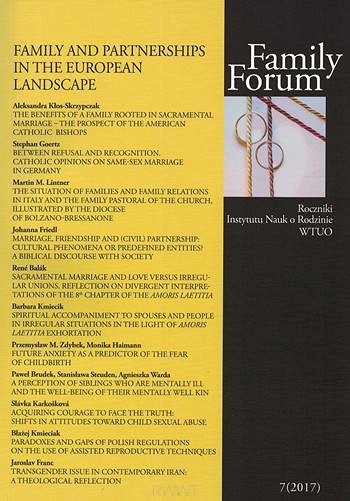
Towarzyszenie duchowe małżonkom i osobom w sytuacjach nieregularnych w świetle adhortacji Amoris laetitia
In the paper, a source analysis of the spiritual counseling of accompaniment to sacramental spouses and people in irregular situations has been taken up on the basis of post-synodal Apostolic Exhortation, Amoris laetitia by Pope Francis. The concept of accompaniment is a leading term in subsequent chapters of the document. The meaning of the concept of accompaniment and the character of counsel presented by the Pope are introduced. Then, subsequent contexts of the counsel taken up in the exhortation were characterized. The issue of the accompaniment is discussed in relation to spouses and it involves subsequent stages of the development of love and situations requiring special attention. The key to caring for children and integrating with the Church community also includes the issue of accompanying and discerning those who are in non-sacramental relationships, defined as irregular situations and in complex situations as well. The relation of the accompanying counsel to the moral evaluation of the conducted people was also defined. Discussing the forms of pastoral practice, the purpose, scope, competence and means of providing community and individual assistance that are adapted to needs and life-sustaining problems, were identified.
More...
